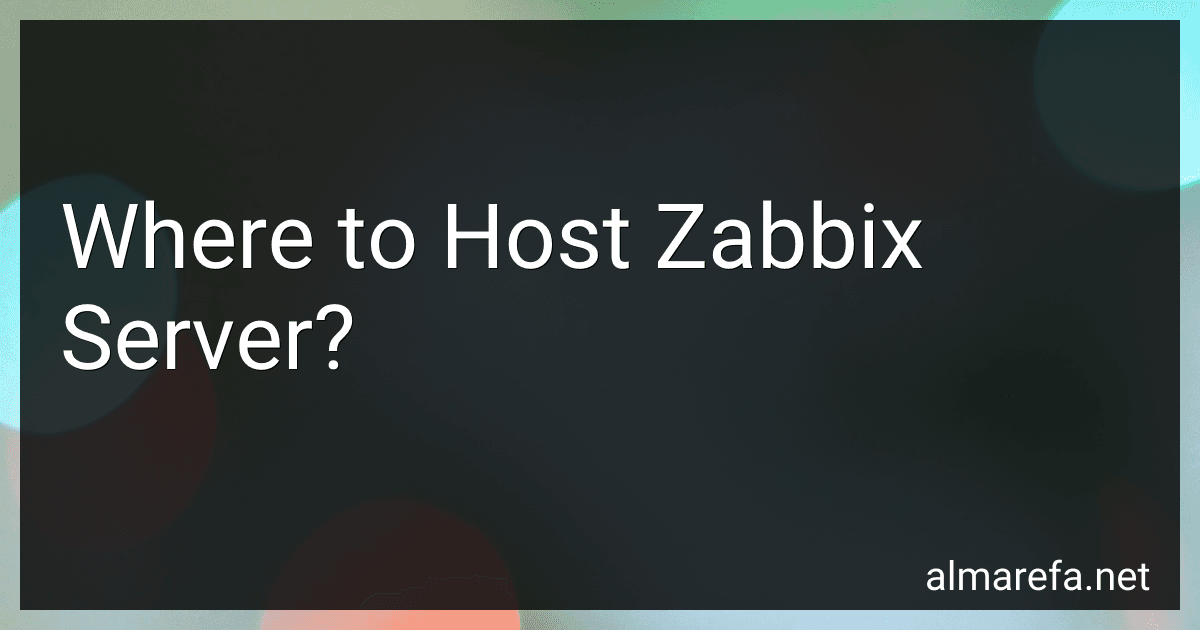Posts (page 45)
-
 10 min readConcurrency in Haskell can be implemented using various techniques and libraries. One of the most common approaches is to use the Control.Concurrent module, which provides functions and abstractions for creating concurrent programs.The core concept in Haskell concurrency is the thread. Threads are lightweight, independent units of execution that can run concurrently. You can create a new thread using the forkIO function, which takes an IO action and spawns a new thread to execute that action.
10 min readConcurrency in Haskell can be implemented using various techniques and libraries. One of the most common approaches is to use the Control.Concurrent module, which provides functions and abstractions for creating concurrent programs.The core concept in Haskell concurrency is the thread. Threads are lightweight, independent units of execution that can run concurrently. You can create a new thread using the forkIO function, which takes an IO action and spawns a new thread to execute that action.
-
 9 min readMonad transformers are a powerful tool in Haskell that allow us to combine different types of monads together seamlessly. They provide a convenient way to extend the capabilities of existing monads, without requiring us to rewrite our code or define new monads from scratch.In Haskell, monads are used to represent computations that involve side effects, such as IO, state manipulation, or error handling. However, sometimes we need to perform computations that require multiple side effects.
9 min readMonad transformers are a powerful tool in Haskell that allow us to combine different types of monads together seamlessly. They provide a convenient way to extend the capabilities of existing monads, without requiring us to rewrite our code or define new monads from scratch.In Haskell, monads are used to represent computations that involve side effects, such as IO, state manipulation, or error handling. However, sometimes we need to perform computations that require multiple side effects.
-
 8 min readUnit testing in Haskell is an essential part of the development process to ensure the correctness and reliability of code. Here's an overview of how to perform unit testing in Haskell.Import Necessary Libraries: First, you need to import the necessary testing libraries in Haskell. The most commonly used library is HUnit, though other libraries like tasty and QuickCheck are also available. Define Test Cases: Unit tests in Haskell are typically defined using functions.
8 min readUnit testing in Haskell is an essential part of the development process to ensure the correctness and reliability of code. Here's an overview of how to perform unit testing in Haskell.Import Necessary Libraries: First, you need to import the necessary testing libraries in Haskell. The most commonly used library is HUnit, though other libraries like tasty and QuickCheck are also available. Define Test Cases: Unit tests in Haskell are typically defined using functions.
-
 7 min readHigher-order functions in Haskell allow functions to take other functions as arguments or return functions as results. This feature enables powerful abstractions and expressive coding in Haskell.To work with higher-order functions in Haskell, you can define functions that take other functions as arguments. For example, you can create a function that applies a given function to each element of a list.
7 min readHigher-order functions in Haskell allow functions to take other functions as arguments or return functions as results. This feature enables powerful abstractions and expressive coding in Haskell.To work with higher-order functions in Haskell, you can define functions that take other functions as arguments. For example, you can create a function that applies a given function to each element of a list.
-
 7 min readPolymorphism in Haskell refers to the concept of writing code that can work with multiple types. It allows us to define functions or data types in a general way, without specifying a particular type. This flexibility makes code more reusable and adaptable, as it can be applied to various data types.There are several approaches to implement polymorphism in Haskell:Parametric polymorphism: This involves defining functions or data types that can work with any type.
7 min readPolymorphism in Haskell refers to the concept of writing code that can work with multiple types. It allows us to define functions or data types in a general way, without specifying a particular type. This flexibility makes code more reusable and adaptable, as it can be applied to various data types.There are several approaches to implement polymorphism in Haskell:Parametric polymorphism: This involves defining functions or data types that can work with any type.
-
 11 min readIn Haskell, modules are used to organize and encapsulate related pieces of code. They help in grouping related functions, types, and values into a single unit.To create a module in Haskell, you typically start by creating a new file with the .hs extension. The name of the file should match the name of the module you want to create. For example, if you want to create a module called "MyModule", you should name the file MyModule.hs.
11 min readIn Haskell, modules are used to organize and encapsulate related pieces of code. They help in grouping related functions, types, and values into a single unit.To create a module in Haskell, you typically start by creating a new file with the .hs extension. The name of the file should match the name of the module you want to create. For example, if you want to create a module called "MyModule", you should name the file MyModule.hs.
-
 9 min readTo use libraries and packages in Haskell, you need to follow a few steps:Install Haskell: Before you can use any libraries, ensure that Haskell is installed on your system. You can obtain the latest version from the Haskell website and follow the installation instructions specific to your operating system. Choose a package manager: Haskell provides two widely used package managers, Cabal and Stack.
9 min readTo use libraries and packages in Haskell, you need to follow a few steps:Install Haskell: Before you can use any libraries, ensure that Haskell is installed on your system. You can obtain the latest version from the Haskell website and follow the installation instructions specific to your operating system. Choose a package manager: Haskell provides two widely used package managers, Cabal and Stack.
-
 8 min readPointers are a powerful feature in Go that allow you to directly manipulate memory addresses. They are used to store the memory address of a value rather than the value itself. To work with pointers in Go, you can follow these steps:Declaring a pointer: You can declare a pointer using the asterisk (*) symbol followed by the type of the value it points to. For example, var ptr *int declares a pointer variable ptr that points to an integer value.
8 min readPointers are a powerful feature in Go that allow you to directly manipulate memory addresses. They are used to store the memory address of a value rather than the value itself. To work with pointers in Go, you can follow these steps:Declaring a pointer: You can declare a pointer using the asterisk (*) symbol followed by the type of the value it points to. For example, var ptr *int declares a pointer variable ptr that points to an integer value.
-
 6 min readIn Haskell, file handling is done using a combination of functions from the System.IO module. Here are the general steps to perform file handling in Haskell:Import the required module: Start by importing the System.IO module in your Haskell program using the import System.IO statement. Open the file: To perform file handling, you need to open the file first. Use the openFile function, which takes a file path and a mode as arguments.
6 min readIn Haskell, file handling is done using a combination of functions from the System.IO module. Here are the general steps to perform file handling in Haskell:Import the required module: Start by importing the System.IO module in your Haskell program using the import System.IO statement. Open the file: To perform file handling, you need to open the file first. Use the openFile function, which takes a file path and a mode as arguments.
-
 7 min readWhen considering where to host the Zabbix server, there are a few factors to consider.Firstly, it is recommended to host the Zabbix server on a stable and reliable infrastructure. This ensures that the server remains accessible and can effectively monitor the desired systems and devices.Secondly, the location of the server should be chosen based on the network topology and the systems to be monitored.
7 min readWhen considering where to host the Zabbix server, there are a few factors to consider.Firstly, it is recommended to host the Zabbix server on a stable and reliable infrastructure. This ensures that the server remains accessible and can effectively monitor the desired systems and devices.Secondly, the location of the server should be chosen based on the network topology and the systems to be monitored.
-
 10 min readLazy evaluation is a key feature of Haskell that allows for more efficient computation by deferring the evaluation of expressions until their results are actually needed. This approach differs from eager evaluation, where all expressions are evaluated immediately. The concept of lazy evaluation is based on the principle of only evaluating expressions as and when required, allowing Haskell to handle infinite data structures and potentially save computational resources.
10 min readLazy evaluation is a key feature of Haskell that allows for more efficient computation by deferring the evaluation of expressions until their results are actually needed. This approach differs from eager evaluation, where all expressions are evaluated immediately. The concept of lazy evaluation is based on the principle of only evaluating expressions as and when required, allowing Haskell to handle infinite data structures and potentially save computational resources.
-
 5 min readMonads are a fundamental concept in Haskell that allows you to handle effects, perform computations, and manage state in a purely functional way. They provide a way to encapsulate and sequence operations, allowing you to compose complex computations from simpler ones.To use monads in Haskell, you first need to understand the basic idea behind monads. A monad is a type that defines two main operations: return and bind.
5 min readMonads are a fundamental concept in Haskell that allows you to handle effects, perform computations, and manage state in a purely functional way. They provide a way to encapsulate and sequence operations, allowing you to compose complex computations from simpler ones.To use monads in Haskell, you first need to understand the basic idea behind monads. A monad is a type that defines two main operations: return and bind.